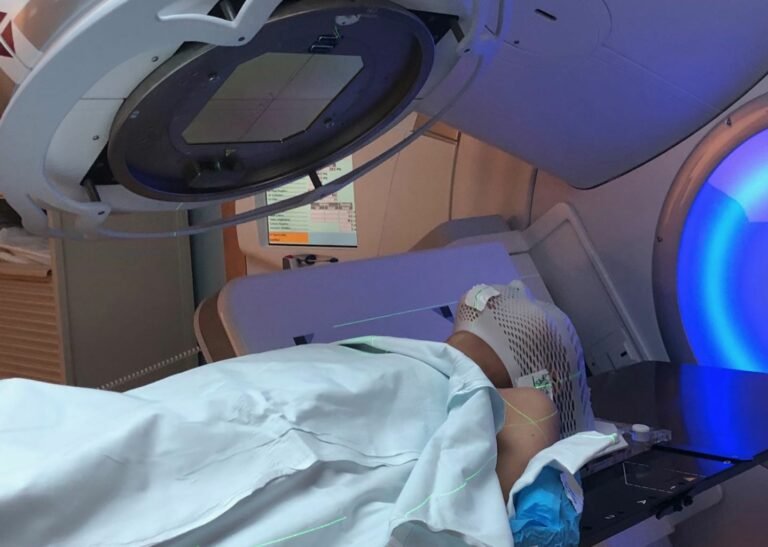Cancer cells die within three days with radiation therapy enhanced by iodine particles, according to a new study conducted by scientists at Kyoto University’s Institute for Integrated Cell-Material Sciences (iCeMS) and colleagues in Japan and the US.
“Exposing a metal to light leads to the release of electrons, a phenomenon called the photoelectric effect. An explanation of this phenomenon by Albert Einstein in 1905 heralded the birth of quantum physics,” said molecular biologist Fuyuhiko Tamanoi, who led the study. “Our research provides evidence that suggests it is possible to reproduce this effect inside cancer cells.”
Background: The Problem with Traditional Cancer Radiation Therapy
Using quantum physics—specifically, the release of electrons in a phenomenon called the photoelectric effect—scientists at Kyoto University have been working for the past three years on a more direct way of damaging cancer DNA.
A long-standing problem with traditional cancer radiation therapy is that it is not effective at the center of tumors. This is because oxygen levels are low at the center—since there is a lack of blood vessels penetrating deeply into the tissue—and x-ray radiation requires oxygen to generate DNA-damaging reactive oxygen, which harms the cancer cells.
In earlier work, researchers showed that gadolinium-loaded nanoparticles kill cancer cells when irradiated with 50.25 kiloelectron volts of synchrotron-generated X-rays.


For this new study, however, they designed porous, iodine-carrying organosilica nanoparticles to damage cancer DNA. In an email to The Debrief, Tamanoi explained that iodine was chosen because of the following three reasons: iodine is used in clinics as a contrast agent, it is widely used as a health supplement, and it can release electrons with a relatively low energy X-ray.
Analysis: How do these iodine-carrying nanoparticles work?
The researchers dispersed the nanoparticles through tumor spheroids which are 3D tissues carrying cancer cells. After irradiating the spheroids for 30 minutes with 33.2 kiloelectron volts of x-rays, the cancer cells died within three days.
When the nanoparticles were taken up by the tumor cells, researchers shined the right amount of x-ray energy onto the tissue, triggering the iodine to release electrons, which then caused double-strand breaks in the cancer DNA.
“Our study represents an important example of employing a quantum physics phenomenon inside a cancer cell,” said Kotaro Matsumoto, a key contributor to the research. “It appears that a cloud of low-energy electrons is generated close to DNA, causing double strand breaks that are difficult to repair, eventually leading to programmed cell death.”
Outlook: When will this enhancement be used clinically?
Currently, the research team is preparing to test these enhancements to cancer radiation therapy on mice. The team is also further improving the iodine reagents.
But at the pace they’re working at, it may not be long before these iodine-carrying nanoparticles are ready for clinical use.
Tamanoi writes, “Metal nanoparticles such as gold nanoparticles have been used as radiation therapy enhancers. Since we think our nanoparticles will have similar effects, we hope to see our nanoparticles used in the clinic in 3-5 years.”
Candy Chan is a journalist based in New York City. She recently graduated from Barnard College with a degree in History. Follow her reporting on her Twitter @candyschan.
Don’t forget to follow us on Twitter, Facebook, and Instagram, to weigh in and share your thoughts. You can also get all the latest news and exciting feature content from The Debrief on Flipboard, and Pinterest. And subscribe to The Debrief YouTube Channel to check out all of The Debrief’s exciting original shows: DEBRIEFED: Digging Deeper with Cristina Gomez –Rebelliously Curious with Chrissy Newton

